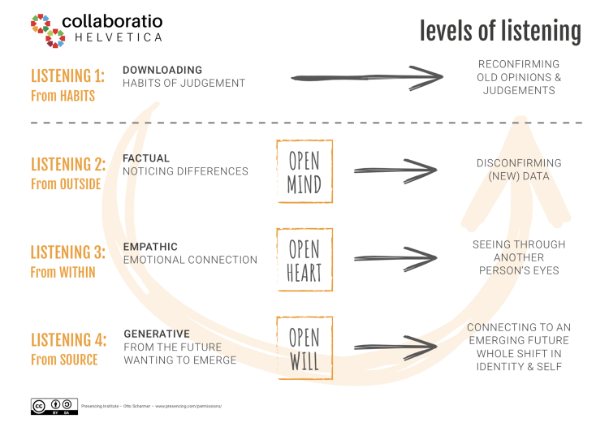5 ways to create a strong customer centric culture

Lead
Companies with a successful customer centric culture – from Apple and Amazon to Starbucks and Glossier – stand out with these 2 things: they have a strong customer vision and leaders who show with their decisions and actions that they will always and forever put the customer first. You can have the prettiest slogans on your walls or the most inspiring slides, if your employees see that you put efficiency, productivity and revenue before the customer’s needs, your culture will be driven by that. It will be ruthless, competitive and oriented towards cost-reduction.
In fact, leaders should treat their employees like they would want their employees to treat the customer: with respect, honesty, openness, fairness, and always prepared to help where needed.
Listen
But it’s not just about showing them, it’s also about listening to them as they are often so much closer to the customer than their management. They know how customers behave, what they want and what they think about your products and services. Elon Musk perfectly understands this. In spite of some erratic behavior these days at Twitter, he used to be well known for seeking constructive criticism. When his EVs were being developed, he spoke for a long time with the automobile engineers. Instead of asking them what was good about it, he wanted them to tell him what was wrong with the design because this would allow it to become better.
But it’s not just any type of listening. Some leaders listen to others to confirm their views which is very unhelpful. It needs to be a specific, value creating type of listening, what Otto Scharmer – known for his Theory U change management method – calls ‘generative listening’. Generative listening is all about seeing possibilities rather than the status quo, which is an essential skill for leaders in fast moving and uncertain times. Not just listening with an open mind and an open heart, but with an “open will” too, focused on future change. Needless to say that a psychologically safe environment is the prerequisite for this type of listening: employees need to feel safe before they can share constructive criticism with their leaders.
Trust
Marc Benioff of Salesforce believes that “trust is at the core of everything that a business does”. You need to build trust with your employees for them to work efficiently. You need to deliver trust with your stakeholders who want to see your business succeed. And you have to build trust with your customers for them to choose you over others.
I would add to that that you don’t just need to trust employees for them to work efficiently. You need to trust them so that they can make better, faster and more emphatic decisions for the customer, without losing time by needing to ask one of their supervisors. Like I said above: they often know more about the customer than you, so trust them to do the right thing.
And that trust needs to be felt in every corner of the organization in order to work. If you feel that you need surveillance and employee monitoring software – apparently used by 8 out the 10 of the biggest employees in America – to keep an eye on employees working at home, then they will also not believe you if you say you trust them to make the best decision for the customer.
Celebrate
If mistakes are made in CX, do not penalize them but look for opportunities to learn and grow from that. But above all, celebrate every time an employee was able to make a customer extra happy. If customer service was able to put a smile on an originally very frustrated and angry customer, if a clothing retail sales called 5 different shop branches in order to find someone’s favorite blouse or if someone was 35 minutes on the phone to help an elderly lady install a banking app, reward that publicly. Don’t just tell the employees in private, tell everyone and show them that this is exactly what everyone should be doing.
What you celebrate and reward is what you stimulate and you do want to stimulate fantastic CX.
Repeat
Satya Nadella once said “Don’t be a “know-it-all.” Be a “learn-it-all”. When Microsoft achieved the status of being the world’s most valuable company – by measure of market capitalization – in the late ’90s, their complacency led to major problems. “People would walk around our campus thinking we are God’s gift to mankind,” he explained. “And, unfortunately, whether it’s in ancient Greece or modern Silicon Valley, there’s only one thing that has brought companies, societies, civilizations down, which is hubris.”
Always celebrate your wins, but also help your team stay humble about your success, especially in this Never Normal kind of environment where the next disruption is just waiting around the corner. Creating a customer-centric culture is an ongoing process too. You’ll need to continuously measure your progress, gather feedback, and make changes as needed. Because changes will be needed when customer behavior changes yet again. So always encourage your employees to suggest ways to improve the customer experience and then work together on their suggestions.
For more tips on becoming more customer centric, read this earlier blog post of mine too.
